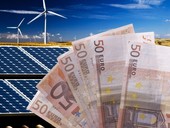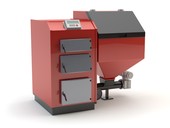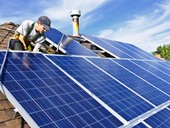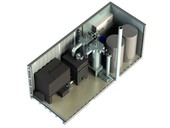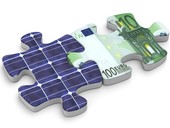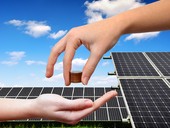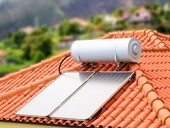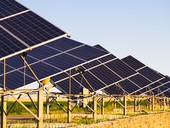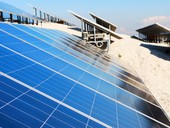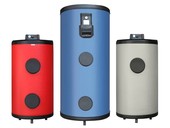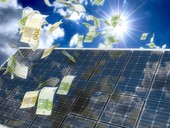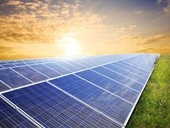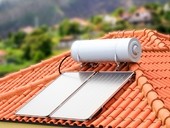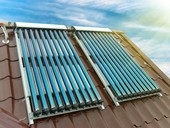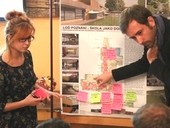The European Union is changing its RES support system. From the 1st January 2017, aid granted by the Member States should be in the form of tender procedures as required by the State Aid Guidelines for the Environment and Energy 2014-2020.
Archiv článků od 8.5.2017 do 26.2.2018
Eco-design is a set of parameters (especially energy efficiency) that must be observed by the supplier (the manufacturer or importer) of the energy-related product when it is placed on the EU market or into operation. The article provides an overview of requirements for new sources and boiler rooms in relation to implemented regulations.
The authors compare the measured data on the production and use of electricity produced by the solar photovoltaic power plant with the total electricity consumption in the production area of the company. The second part of the article is based on considerations about the use of overproduction of electricity for heating and hot water preparation and its economy.
The authors compare the measured data on the production and use of electricity produced by the solar photovoltaic power plant with the total electricity consumption in the production area of the company. The second part of the article is based on considerations about the use of overproduction of electricity for heating and hot water preparation and its economy.
Electrochemical capacitors (supercapacitors, ultracapacitors) are electrotechnic components which are able to accumulate, hold and bring back a lot of electricity (compared to conventional capacitors). For accumulation of electricity they use two principles: electric bilayer and reversible chemical reactions.
The paper deals with the experimental determination of heat losses of reservoirs (hot water storage tanks, heaters, heat reservoirs). It shows how the thermal loss of the tank itself, determined by the correct procedure in accordance with the standard, can be different from the loss of the reservoir connected to the thermal system.
The article deals with the analysis of a possible solution of a non-energy residential building. The analysis shows what energy sources help to achieve a zero balance of non-renewable primary energy and what is not. In the contribution, the investment solution and the real operating costs of the energy-zero residential building compared to the current solution are shown for the selected solution and a simple payback period is set.
Explosion parameters are currently published mainly for pure substances under standard laboratory conditions (20 °C and 101 kPa according to IUPAC). No values for the explosion characteristics of biomass and airborne gas mixtures are covered in the literature to cover non-standard conditions. In this paper, maximum explosion pressure, pmax, maximum explosion pressure rise rate (dp/dt)max, and deflagration index, KG, mixtures of hazardous chemicals from biomass gasification and measured at 25 °C, 45 °C, 90 ° C and 50 kPa, 75 kPa and 100 kPa.
On June 16, 2017, the Ministry of Industry and Trade announced a grant call for proposals under the Operational Program Entrepreneurship and Innovation for Competitiveness, the Energy Savings Program, which offers subsidies for photovoltaic systems with / without accumulation to cover their own electricity consumption of business entities.
This article focuses on the topic of power prediction for photovoltaic systems. It presents parameters which have major impact on operation performance of such systems. Main types of weather predictions for photovoltaic systems are being described together with their usage and sources for input data.
The expert analysis reveals the cause of the mechanical failure of the solar collector as a result of non-adjustment of the control valves control to the operating states of the system. Simultaneous adjustment of the control valves eliminated the safety device from the function, when the pressure increased excessively and the collector leaked.
zpět na aktuální články
